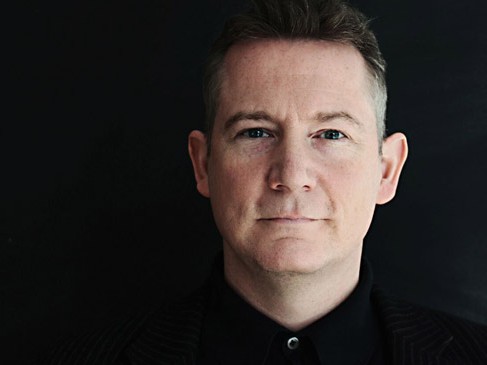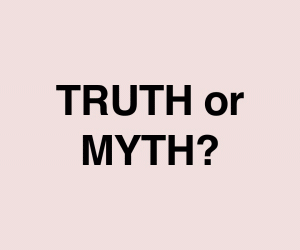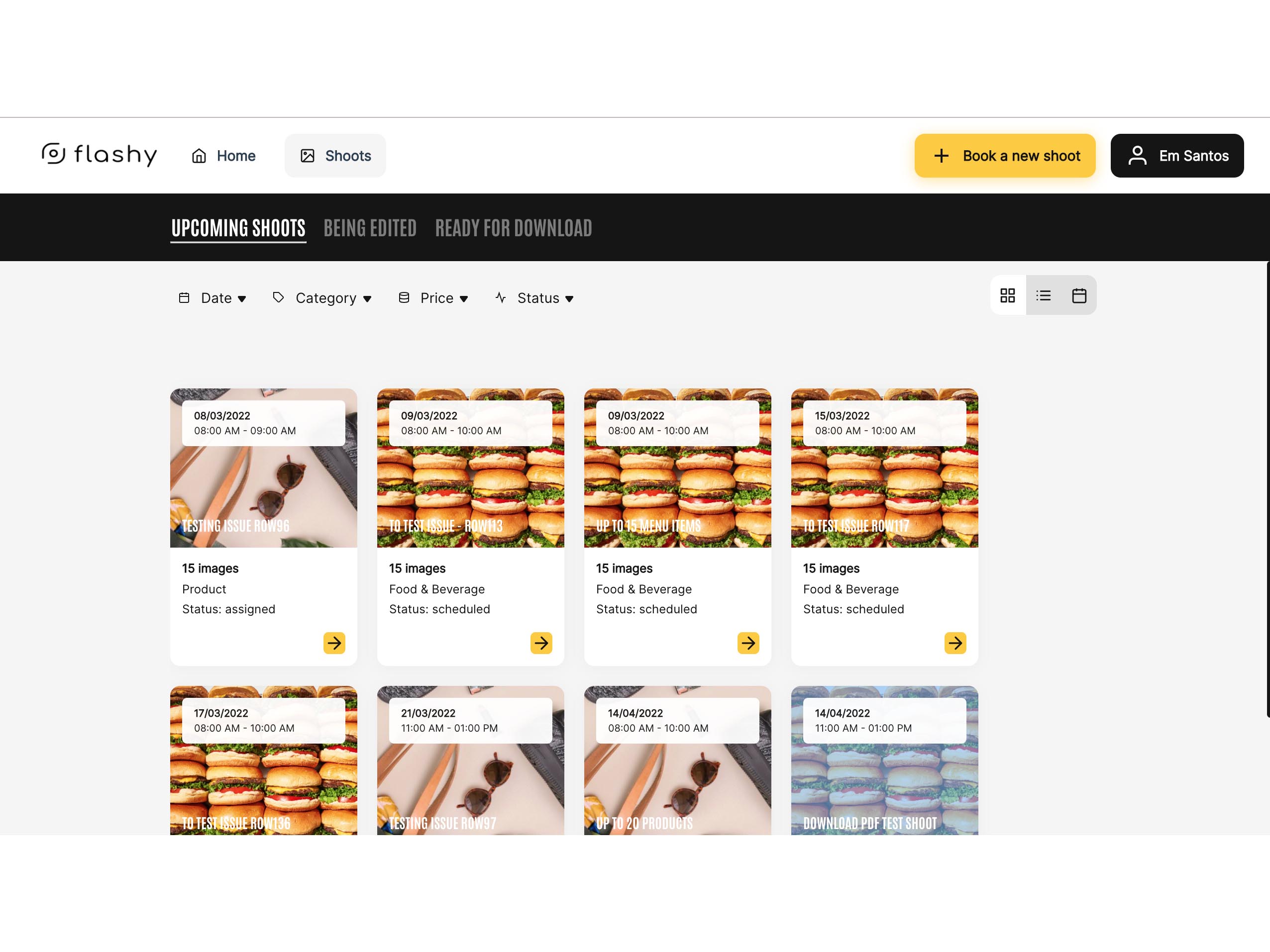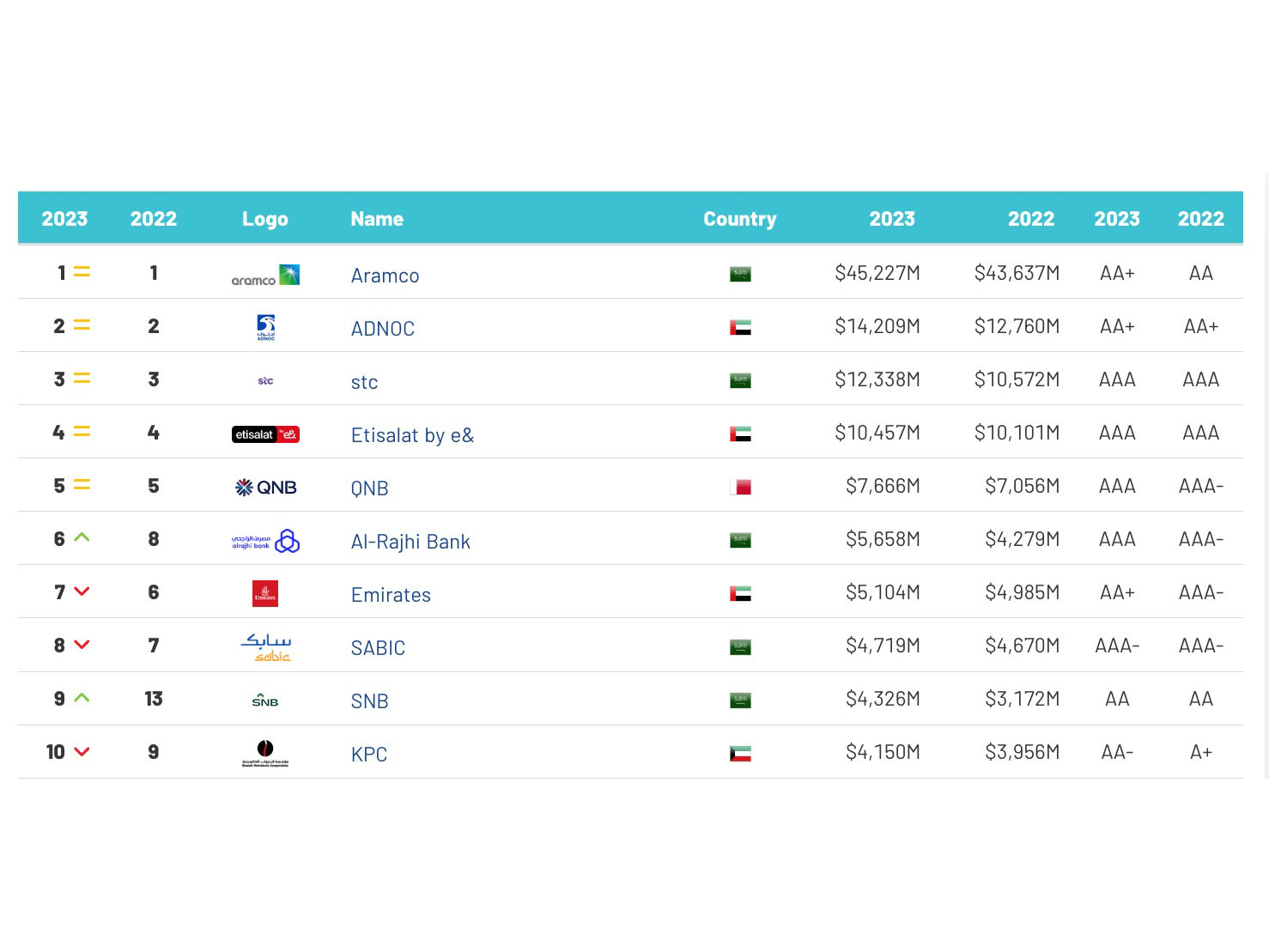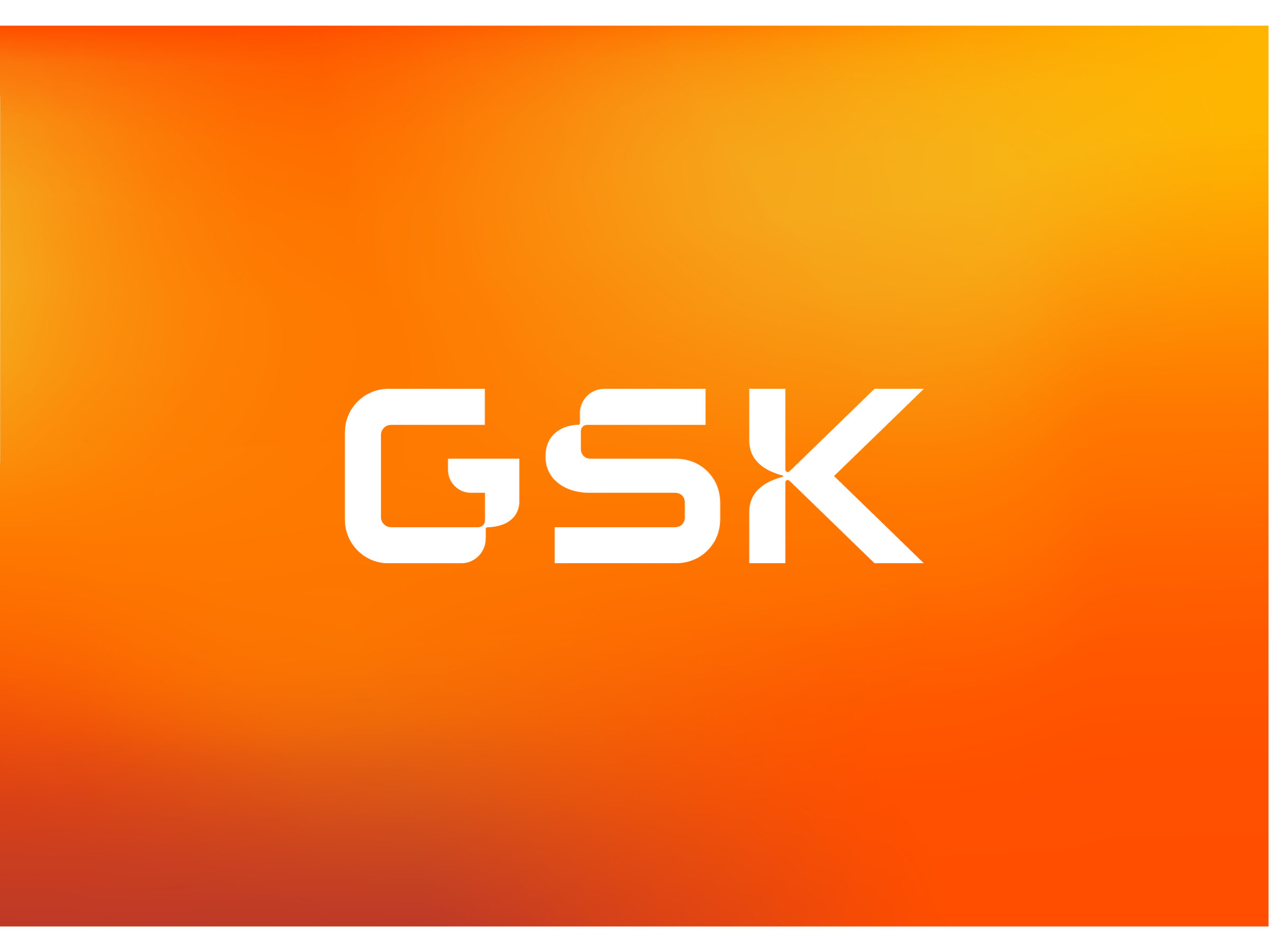Industry Talk - Free Talk
The Silent Influence: How Audio Shapes Buying Decisions Without You Knowing
by Roudny Nahed, MusicGrid
July 9, 2025
.jpg) Advertisement
AdvertisementRoudny Nahed, Partnership Manager at MusicGrid, offers a fresh angle on branding through sound.
We live in a world saturated with visual content—logos, colors, videos, and billboards—all competing for our attention. Yet quietly working in the background, often with more impact than we realize, is sound.
Unlike visuals, sound doesn’t ask for permission. It doesn’t require your focus. It simply arrives—instantly—and begins to influence you, often without your conscious awareness. For brands, this is where the true power of audio lies: in its ability to shape perception and decision-making subtly, yet profoundly.
"Sound doesn’t ask for attention— it gets under your skin
Sound as a Silent Persuader
Step into a high-end fashion boutique and you’re likely to hear soft, ambient music—perhaps a touch of jazz or minimalist electronic beats. Now walk into a fast-food restaurant, and the contrast is stark: high-energy pop or upbeat electronic tracks encouraging speed and quick turnover. You didn’t choose the music, but the music influenced how you felt—and how you behaved.
This isn’t anecdotal. Numerous studies have shown that sound can shape consumer behavior. One such study found that customers spent more time—and money—in stores playing classical music, compared to those using pop or no music at all. The subconscious association? Classical equals sophistication, which implies higher value.
Even the tempo and volume of music matter. Slow tempos relax shoppers and increase dwell time. Loud music can create excitement, but often shortens the time spent in a space. Every sonic detail acts as a cue—a subtle nudge that impacts how people move, feel, and spend.
The Digital Soundscape
Brands often underestimate just how many touchpoints involve sound. From mobile app notifications to product launch videos, call center hold music to the click of a camera shutter—these sounds create micro-impressions that accumulate over time.
Take Netflix’s iconic “ta-dum.” Just two notes, simple and brief—yet instantly recognizable. It evokes anticipation, familiarity, and excitement. That tiny sonic cue has become as emblematic as the logo itself.
Or consider Apple’s classic startup sound—long associated with calm, innovation, and reliability. These audio cues are not incidental. They’re carefully crafted, rigorously tested, and strategically deployed.
In today’s multisensory, screen-fatigued world, sound is the overlooked branding tool—one that cuts through the visual noise and connects directly to human emotion.
Emotion Over Logic
Sound reaches the emotional part of the brain before logic can intervene. That’s why a suspenseful film score makes your heart race, even during a still scene. It’s why a melancholy tune can evoke nostalgia or even tears—without a single word.
This emotional shortcut makes audio one of the most powerful tools in a brand’s arsenal. It allows brands to build resonance, deepen connections, and create long-lasting memories. You might forget an ad’s visuals, but if the music moved you, you’ll remember how it made you feel—and that feeling becomes tied to the brand.
Think of Intel’s chime, McDonald’s “I’m Lovin’ It” jingle, or Mastercard’s payment sound. These are not just noises—they're emotionally loaded memory triggers.
The Missed Opportunity
Despite its impact, sonic branding remains widely underutilized. Most brands have visual identity guidelines—fonts, colors, logo variations—but few have a consistent sonic system.
Without a clear audio strategy, brands risk creating fragmented experiences: upbeat music in a social ad, stock tracks on YouTube, generic ringtones in their app. These inconsistencies dilute emotional impact and weaken brand recall.
A cohesive sound strategy unifies the brand voice across all platforms—digital, physical, and experiential. It’s not just about a catchy jingle; it’s about ensuring every sound the audience hears is in sync with the emotion the brand wants to evoke.
Brands That Get It Right
The best examples are brands where audio is inseparable from identity. Think Coca-Cola’s fizzy pop and bottle-opening sound. Or THX’s cinematic sonic boom that primes audiences for a premium experience.
These brands understand that sound isn’t just marketing—it’s a tool for shaping perception, guiding behavior, and embedding themselves into long-term memory.
In the Middle East, where digital transformation is accelerating and markets are becoming increasingly sophisticated, sonic branding remains a largely untapped opportunity. As governments, startups, and major players race to differentiate, the smartest ones will recognize sound as a secret weapon.
Conclusion
The influence of audio is silent—but far from weak. It reaches us faster than images, touches us more deeply than words, and stays with us longer than most slogans.
In a cluttered market where attention is scarce, sound is your shortcut to emotion, memory, and loyalty. Brands that understand this are already ahead—not just in what they say, but in how they make people feel.


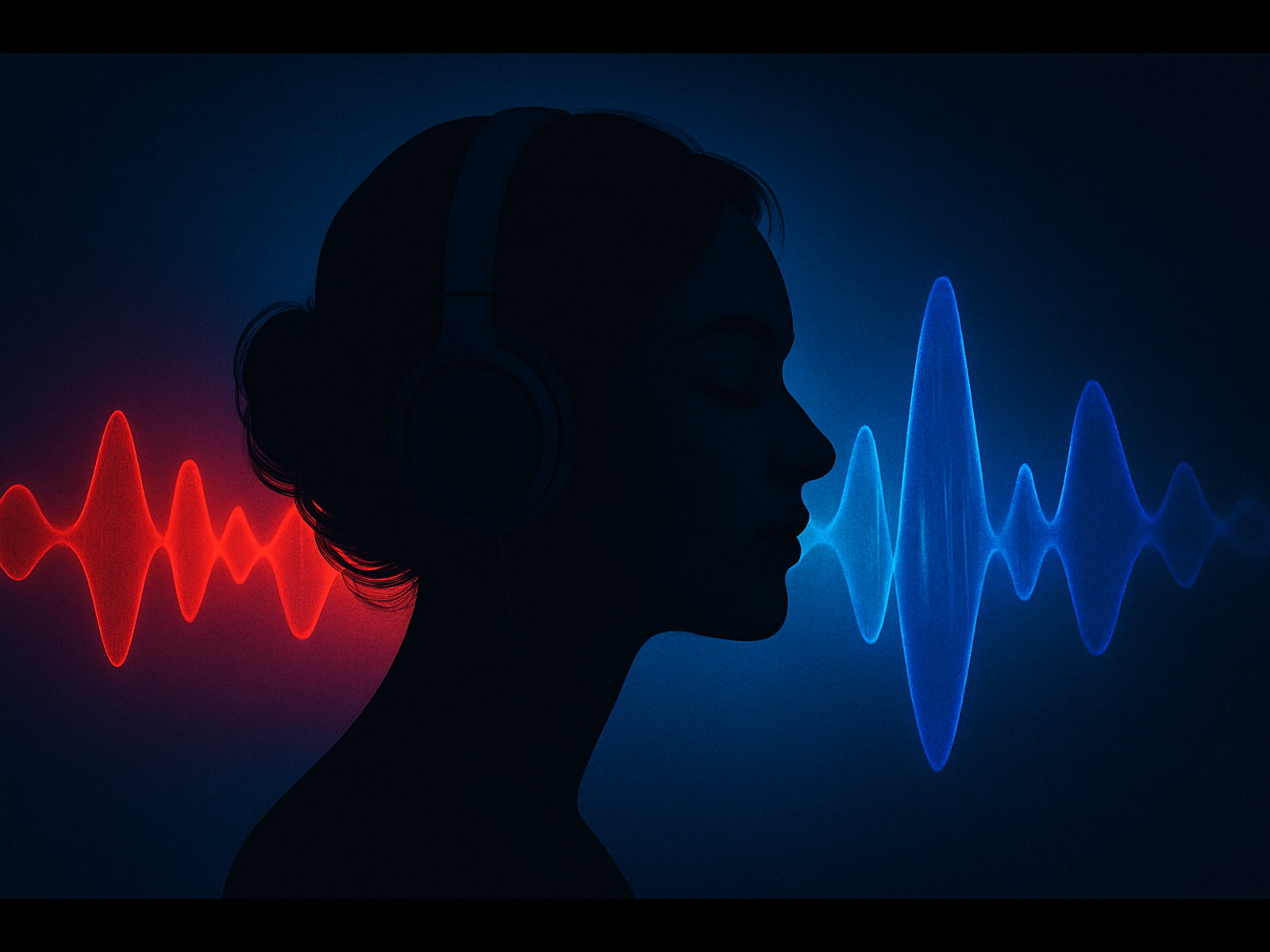
.jpg)
